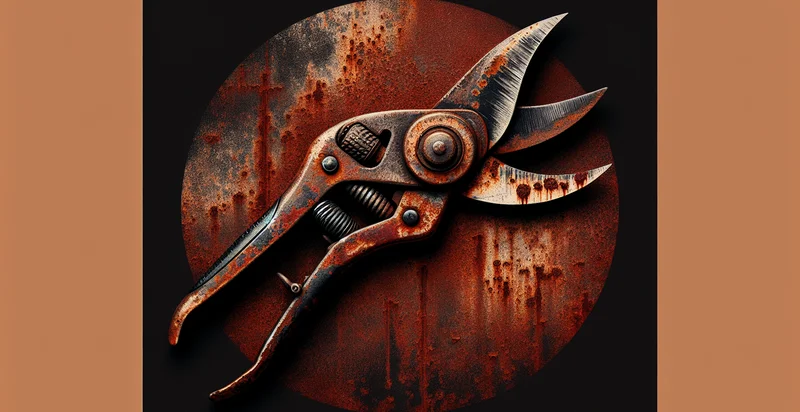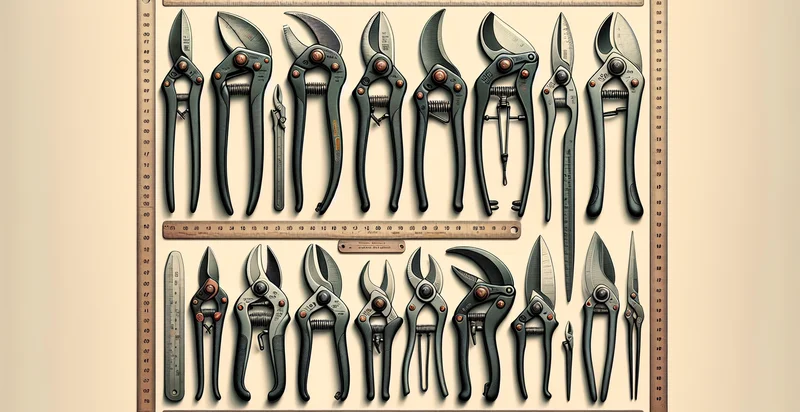Identify pruner type
using AI
Below is a free classifier to identify pruner type. Just upload your image, and our AI will predict what type of pruner it is - in just seconds.

Contact us for API access
Or, use Nyckel to build highly-accurate custom classifiers in just minutes. No PhD required.
Get started
import nyckel
credentials = nyckel.Credentials("YOUR_CLIENT_ID", "YOUR_CLIENT_SECRET")
nyckel.invoke("pruner-type", "your_image_url", credentials)
fetch('https://www.nyckel.com/v1/functions/pruner-type/invoke', {
method: 'POST',
headers: {
'Authorization': 'Bearer ' + 'YOUR_BEARER_TOKEN',
'Content-Type': 'application/json',
},
body: JSON.stringify(
{"data": "your_image_url"}
)
})
.then(response => response.json())
.then(data => console.log(data));
curl -X POST \
-H "Content-Type: application/json" \
-H "Authorization: Bearer YOUR_BEARER_TOKEN" \
-d '{"data": "your_image_url"}' \
https://www.nyckel.com/v1/functions/pruner-type/invoke
How this classifier works
To start, upload your image. Our AI tool will then predict what type of pruner it is.
This pretrained image model uses a Nyckel-created dataset and has 30 labels, including Anvil, Bow, Bypass, Clean-Up, Compact, Cutter, Electric, Ergonomic, Floral and Folding.
We'll also show a confidence score (the higher the number, the more confident the AI model is around what type of pruner it is).
Whether you're just curious or building pruner type detection into your application, we hope our classifier proves helpful.
Related Classifiers
Need to identify pruner type at scale?
Get API or Zapier access to this classifier for free. It's perfect for:
- Crop Quality Assessment: The 'pruner type' identifier can help farmers or agricultural businesses assess the quality of their crops by classifying images of pruned plants. This enables targeted interventions and optimized pruning techniques to improve yield and reduce waste.
- Inventory Management for Nurseries: Nurseries can utilize the image classification function to monitor different pruner types in stock. This aids in optimizing inventory levels and ensuring the availability of the right tools for seasonal operations.
- Training and Certification Programs: Agricultural education institutions can leverage the pruner type identifier in training and certification programs for horticulturalists. By using real images, trainees can learn to identify proper pruning techniques, improving their skills in plant care and management.
- Automated Equipment Maintenance: Manufacturers of pruning tools can implement this classification function to monitor wear and tear on equipment. By analyzing images of pruners, they can provide recommendations for maintenance and replacements, enhancing product longevity and customer satisfaction.
- Research and Development in Botany: Researchers in botany can use the pruner type identifier to analyze how different pruning techniques affect plant growth patterns. This evidence-based approach can lead to improved agricultural practices and higher crop resistance.
- Pest and Disease Monitoring: The image classification function can assist in identifying specific pruner types that attract pests or are more susceptible to diseases. This allows farmers to adopt preventive measures, reducing the risk of pest infestations and crop losses.
- Social Media Engagement for Gardening Brands: Gardening brands can employ the pruner type identifier in interactive social media campaigns. By encouraging users to upload images of their tools for classification, brands can foster community engagement while promoting their products effectively.


